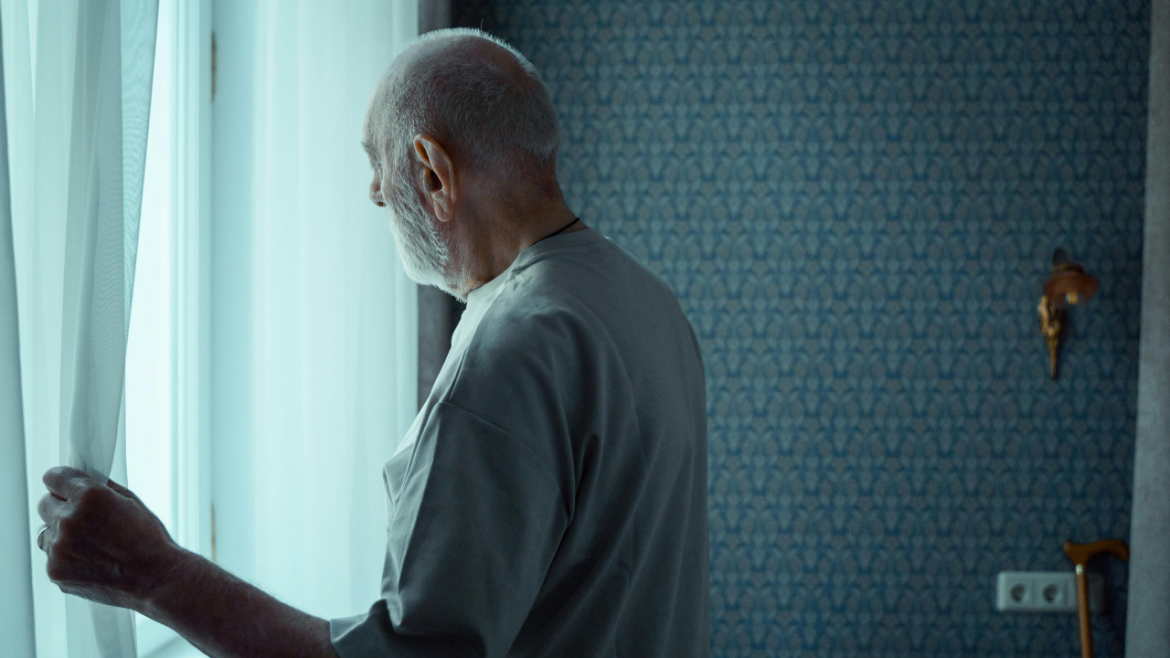Did you know that Leading Edge Senior Care has a Dementia Support Group? We meet monthly in Mesa. For more details <click here>
Common Sleep Disorders Among The Elderly
As people age, their sleep patterns often change. It’s not uncommon for elderly individuals to experience various sleep disorders. These issues can significantly impact their overall health and quality of life. Understanding the common sleep disorders among the elderly is essential for effective management and improvement of their well-being.
Insomnia
Insomnia is one of the most prevalent sleep disorders among the elderly. It is characterized by difficulty falling asleep, staying asleep, or waking up too early. Insomnia can lead to daytime fatigue, irritability, and difficulty concentrating. Chronic insomnia can also contribute to other health problems, such as depression, anxiety, and cardiovascular disease.
Several factors contribute to insomnia in the elderly. These include medical conditions such as arthritis, chronic pain, and respiratory problems, as well as medications that may interfere with sleep. Additionally, changes in the sleep-wake cycle, often referred to as circadian rhythms, can affect sleep quality in older adults. To manage insomnia, it is important to address underlying medical conditions, review medications with a healthcare provider, and establish good sleep hygiene practices. These may include maintaining a regular sleep schedule, creating a comfortable sleep environment, and avoiding caffeine and electronic devices before bedtime.
Sleep Apnea
Sleep apnea is another common sleep disorder in the elderly. It is characterized by repeated interruptions in breathing during sleep. These interruptions, known as apneas, can last from a few seconds to a minute and often result in a temporary awakening. The most common type of sleep apnea is obstructive sleep apnea (OSA), which occurs when the throat muscles relax excessively during sleep, blocking the airway.
Sleep apnea can lead to fragmented sleep and reduced oxygen levels in the blood. This can cause daytime sleepiness, morning headaches, and difficulty concentrating. In the long term, untreated sleep apnea can increase the risk of hypertension, heart disease, and stroke. Management of sleep apnea typically involves the use of continuous positive airway pressure (CPAP) therapy, which keeps the airway open during sleep. Weight management, avoiding alcohol and sedatives, and sleeping on one’s side can also help reduce symptoms of sleep apnea.
Restless Legs Syndrome (RLS)
RLS can be particularly disruptive for the elderly, leading to insomnia and fragmented sleep. The exact cause of RLS is not fully understood, but it is believed to be related to imbalances in brain chemicals such as dopamine. Management of RLS includes lifestyle changes, such as regular exercise, avoiding caffeine and alcohol, and practicing good sleep hygiene. In some cases, medications that increase dopamine levels or iron supplements may be prescribed by a healthcare provider.
Periodic Limb Movement Disorder (PLMD)
Periodic limb movement disorder (PLMD) is characterized by involuntary, repetitive movements of the limbs, usually the legs, during sleep. These movements, which can occur every 20 to 40 seconds, can cause brief awakenings and disrupt sleep continuity. PLMD is often associated with RLS, but it can also occur independently.
The exact cause of PLMD is not well understood, but it may be related to imbalances in neurotransmitters that control movement. Treatment options for PLMD include medications that reduce limb movements, such as dopaminergic agents, anticonvulsants, and benzodiazepines. Addressing underlying conditions, such as sleep apnea or RLS, can also help improve symptoms of PLMD.
Circadian Rhythm Sleep Disorders
Circadian rhythm sleep disorders occur when there is a misalignment between an individual’s internal body clock and the external environment. In the elderly, the most common circadian rhythm sleep disorder is advanced sleep phase disorder (ASPD). Individuals with ASPD feel sleepy in the early evening and wake up very early in the morning.
ASPD can lead to difficulties in social and occupational functioning, as the individual’s sleep-wake times are not aligned with typical societal schedules. Management of ASPD involves strategies to shift the sleep-wake cycle to a more conventional schedule. These strategies may include light therapy, which involves exposure to bright light in the evening to delay the onset of sleep, and chronotherapy, which gradually adjusts sleep times.
Conclusion
Sleep disorders among the elderly are common and can significantly impact their health and quality of life. Insomnia, sleep apnea, restless legs syndrome, periodic limb movement disorder, and circadian rhythm sleep disorders are among the most prevalent issues. Proper diagnosis and management of these disorders are essential for improving sleep quality and overall well-being in older adults.
By addressing underlying medical conditions, reviewing medications, and implementing good sleep hygiene practices, it is possible to enhance the sleep and health of elderly individuals.

